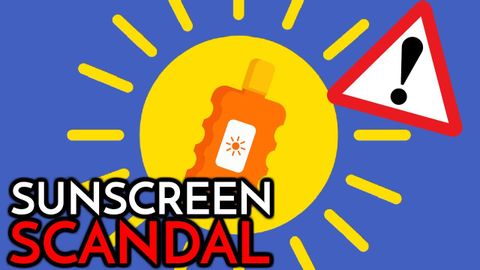防晒霜是BAD!?| 新研究解讀 (Sunscreen is BAD!? | New Research Explained)
Summer 發佈於 2021 年 01 月 14 日  沒有此條件下的單字
沒有此條件下的單字US /ˌrɛkəˈmɛnd/
・
UK /ˌrekə'mend/
US /ˈdɛmənˌstret/
・
UK /'demənstreɪt/
- v.t./i.顯示;表露;遊行;演示;證實; 展示
US /ˈɛvɪdəns/
・
UK /'evɪdəns/
- n. (u.)證據;證據 (法律)
- v.t.表明;證明
US /kənˈvɪns/
・
UK /kən'vɪns/

